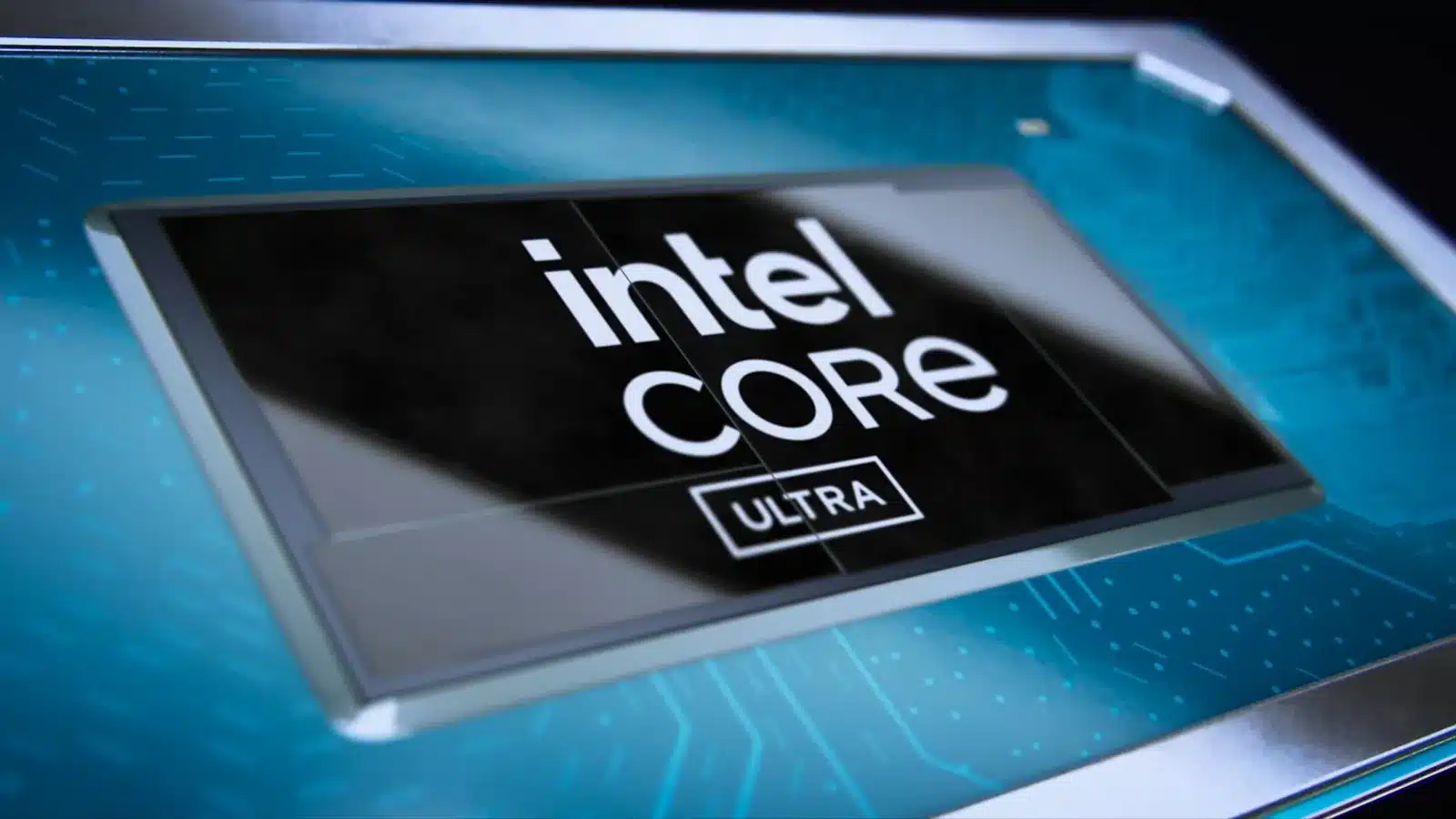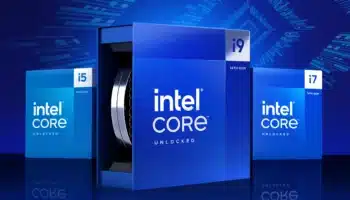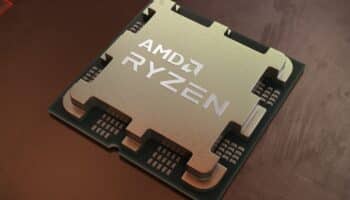Intel is set to ditch hyper-threading with its next-gen Arrow Lake and Lunar Lake processors. According to rumors, it will be replaced by an advanced multi-threading technology called “Rentable Units.” You can read more about it in the attached link. There has been plenty of speculation over why Intel decided to drop hyper-threading on its next-generation processors, including a lack of compatibility with the E-cores.

Ori Lempel, Senior Principal Engineer in the P-core architecture team explained the same in the latest episode of “Architecture Explained” on the chipmaker’s official YouTube channel. He explains that power efficiency (performance per watt) was the driving factor behind the Lion Cove core architecture. This led the team to reexamine hyper-threading to decide if it was worth the extra logic.
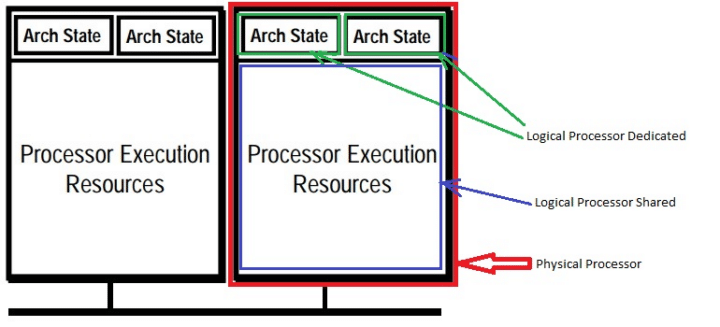
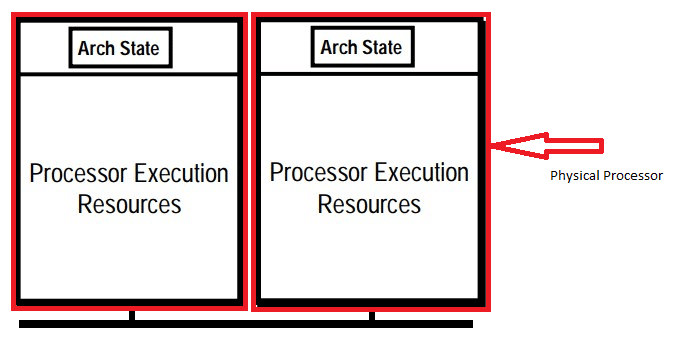
To enable hyper-threading or simultaneous multi-threading, the chip designers include a second architectural state per core to keep track of the logical thread (state, resources, flow, etc). Hyper-threading can sometimes worsen performance by creating competition between the two threads for the cache. In workloads like gaming, the single thread gets the entire cache block, improving frame rates by increasing hit rates.
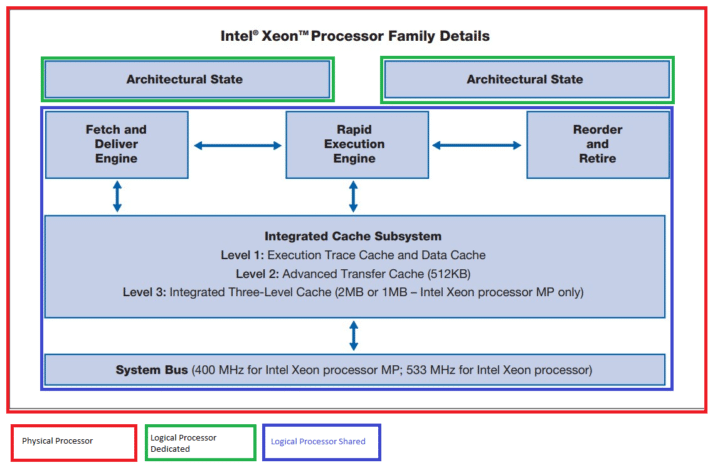
Ori states that removing hyper-threading improves the performance per watt and area. Intel’s official slides indicate a 5% gain in performance per watt and a 15% increase in performance/power/area. There was also a 15% reduction in performance/area.

Lunar Lake’s biggest bottleneck is the TDP (15-28W), and it’s what prompted Intel’s engineers to abandon hyper-threading. Ori explains that on power-constrained mobile platforms like Lunar Lake, adding the second thread doesn’t increase your overall IPC or throughput. Instead, the team focused on the microarchitecture, widening the core, execution ports, and branch predictor for higher IPCs at a power-efficient scale. You can read all about that here.
When you talk about performance you need to put the right context of power okay so there are certain platforms that hyperthreading doesn’t really help you because you’re so power-constrained that adding that second thread doesn’t increase your overall throughput. We put a lot of emphasis on microarchitecture not just to increase IPC for this particular core iteration but also to remove some fundamental roadblocks um and pave the way for future scaling.
Ori Lempel, Senior Principal Engineer, P-core Architecture Team
- AMD Zen 5 Unveiled with a 16% IPC Uplift: A Look at the Ryzen 9000 Core Architecture
- Intel Arrow Lake Specs: Core Ultra 9 285K (15900K), Core Ultra 7 265K (15700K) & Core Ultra 5 245K (15600K)
